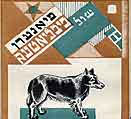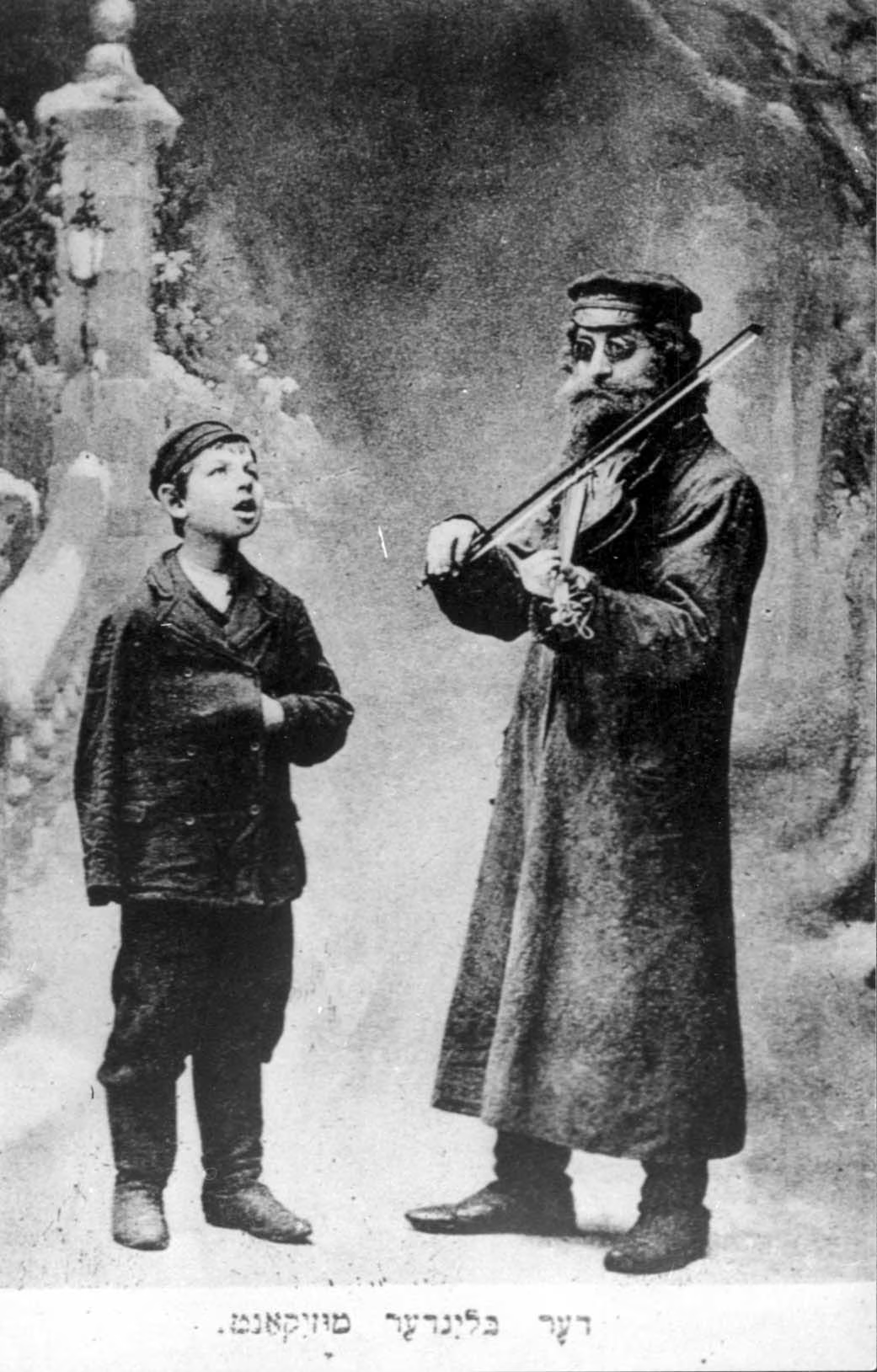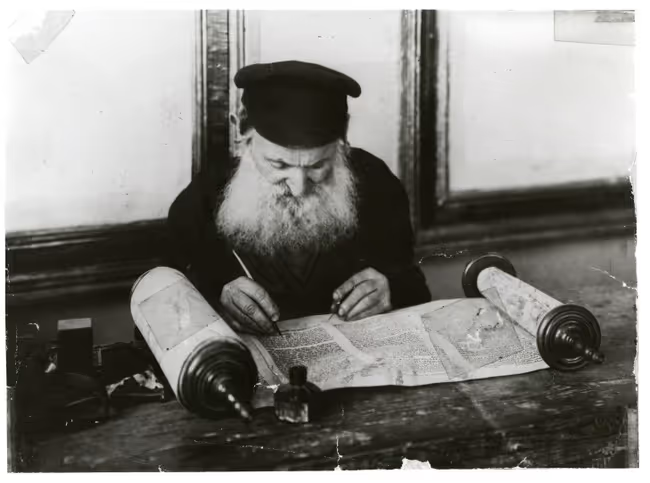The Bund
Banknote 100 Sheqalim Ze'ev Jabotinsky Israel
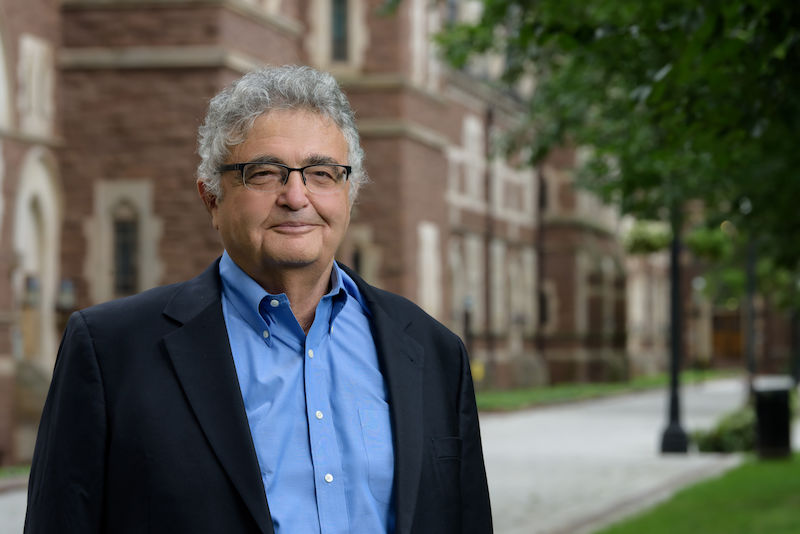
Prof. Samuel Kassow
In 1897, the same year that Herzl convened the first Zionist Congress, a group of Jewish radicals organized the Jewish Bund in Vilna. The two gatherings were quite different. Herzl had rented the elegant Basel Casino, had required the delegates to wear morning coats and top hats, and dominated the gathering with his charisma and polished speeches.
What happened in Vilna was very different: there was no casino, no nice coats and ties, no cheers. A dozen or so tough Jewish revolutionaries-whose names today are largely forgotten- slipped in to a dilapidated wooden house that had no furniture except for two chairs, a single bed and a picture of Karl Marx on the wall. As they sat on the floor and argued for days and days, they all knew that the Tsarist secret police had put a price on their heads and many would end up in Siberian exile. Today every literate Jew has heard of Herzl, Chaim Weizmann and David Ben Gurion while the names of Arkady Kremer and John Mill are largely forgotten.
These men and women knew that the Jewish workers in the Russian Empire were angry and ready to fight. They suffered multiple oppression: as workers, as Jews and, for many, as women. They lived in the raw slums of Warsaw, Lodz and Vilna where they slaved in clothing and textile factories and worked 16 hours a day. The government despised them because they were Jews while the Jewish middle class looked down on them because they were uneducated and poor. As they struggled to find some shred of human dignity, they constantly had to straddle the very thin line that separated the Jewish urban poor from the underworld that ran brothels and protection rackets in these new, tough city ghettos.
That week in Vilna, these Jewish revolutionaries argued about one basic question. Should the Jewish workers have their own party or should they simply join the Russian and the Polish socialist movements? The non-Jewish left adamantly rejected the idea that Jewish workers should form their own organization. Lenin had followed Marx: Jews were not a nation, Yiddish was not a language and come the revolution, the Jews would happily assimilate. The Jewish revolutionaries who founded the Bund were not sure exactly where they were going. Few of them spoke fluent Yiddish and all of them were militant leftists who despised the Jewish religion and Jewish nationalism. But something bothered them. It was quite simply a fact that there were millions of Jews in eastern Europe, that they spoke Yiddish and that they were a people. Why should the revolution promise liberation to Poles and Russians and demand that the Jews simply fade away? No, they too needed their own party to fight for their rights and to speak to them in their own language. In those early years, the founders of the Bund professed not to care if the Jews voluntarily assimilated or forgot Yiddish. That was the business of the Jewish workers. But no one should TELL them that they had less right to their culture than did their non-Jewish brothers.
In Minsk, in Vilna , in Warsaw and in Lodz the Bund quickly began to gain popularity. It organized unions, led strikes and gave Jewish workers-both men and women- a new determination to fight for a better life. The workers did not only fight against employers. They also attacked the pimps and the brothels that symbolized the degradation of the Jewish poor. In the grim Jewish slums, tensions rapidly escalated between the Bundists and the Jewish underworld, who resented this bothersome new competitor for power in the street.
In a fateful coincidence the rise of the Bund took place at the same time as the rise of a modern Yiddish literature. The Bund and the Yiddish writers had very different agendas, but they shared a common interest in spreading the new culture. The Bund began to issue cheap editions of new Yiddish books and encouraged workers to discuss them. If the Jewish worker respected his language, he would have more respect for himself. By the same token, when Y.L. Peretz and others began to fight for a more serious Yiddish theater, he found a willing ally in the Bund. The Bund, as well as the labor Zionists, would spare no effort to fight for Yiddish schools and for Yiddish literature-from its early years right up to the Holocaust.
In 1902 the Bund gained its first martyr. That year on May Day, the Russian authorities arrested a number of Jewish and Polish workers who had demonstrated against the government. The Russian governor ordered the Jewish workers flogged in jail. An enraged Jewish shoemaker, Hershke Lekert, tried to assassinate the Russian governor. He was arrested, sentenced to death and hanged. On the gallows he bravely faced the executioner and refused the services of a rabbi. Soon Jewish workers on both sides of the ocean were singing the ballad of Hershke Lekert:
Oy brider iz zolt mir nisht fargesn: Dem shtrik vos men hot farvorfn oyf mayn halz: A tsvoe brider vel ikh iberlozn: az nekome zolt ir nemen far alts(Brothers, don’t forget me and the rope that they put around my neck. I’ll leave a testament, and you will take revenge)
It did not take long before the Bund found itself in a nasty battle with Vladimir Lenin, the founder of modern Bolshevism. Lenin despised the Bund for two reasons. First he scorned what he called its Jewish nationalism and second, the Bund threatened his plan to organize Russian Marxists in a tightly disciplined, centralized party. The Bund wanted a loose, decentralized party –organized along national lines- where workers would make their own decisions and not take orders from a Leninist central committee. It also insisted that the Russian Left recognize the Jews’ right to organizational and cultural autonomy. At a raucous free for all that took place in 1903 during the Second Congress of the Russian Social Democratic Party, Lenin succeeded in isolating the Bund. Even Lenin’s Marxist opponents could not stomach the Bund’s insistence that the Jews were a separate nationality who deserved a separate organization within the party. “A Bundist”, Georgyi Plekhanov sneered, “was a Zionist who was afraid of sea sickness”.
Isolated from the rest of the Russian Social Democratic Party, the Bund found itself all alone during the Russian Revolution of 1905. Many have called these years 1903-1906 the first great heroic period of the Bund, as the party fought Cossacks and pogromists on the streets of Warsaw, Lodz and many smaller towns. Hundreds fell on the barricades and even middle class Jews who disliked the Bund gained a grudging respect for its courage and its determination to defend Jewish honor. But isolation came at a great price. The Bund faced a basic dilemma. Within the camp of the left, it aroused suspicion as a Jewish nationalist party. But other Jewish parties saw it as a dangerous group that put class interests ahead of national interests.
From its very beginnings as a party, therefore, the Bund found itself occupying the uncertain and shifting space between two poles: leftist internationalism and Jewish nationalism. The left offered powerful non-Jewish allies and an end to the isolation of the Jewish workers. What, after all, could the Jewish workers ever hope to accomplish on their own? But both the Russian and the Polish Left demanded a price that the Bund could not pay: assimilation. The Bund would have to surrender its bedrock insistence that Jews deserved national-cultural autonomy.
This insistence on national-cultural autonomy would become one of the major demands of the Bund. In Eastern Europe, the Bund pointed out, nationalities did not live in neatly delineated groups. All over eastern Europe various nationalities lived together. While the Jews were a major extraterritorial nationality, they were not the only one. To make national rights dependent on territory would be a recipe for disaster and bloodshed. Only a general readiness to allow all nationalities to maintain their own schools and cultural institutions wherever they lived could guarantee harmonious coexistence in a future socialist Europe. Years later events in the former Yugoslavia underscored just how serious the Bund’s concerns were.
If the Bund looked to the right, it faced the Zionists and the Orthodox. Many times , when Jews found themselves in trouble the Bund would face pressure to embrace “klal yisroel” or form a united national front with other Jewish parties. But this course also carried unacceptable dangers. The Bund saw collaboration with other Jewish parties as the dangerous beginning of a slippery slope that threatened a loss of ideological integrity and coherence. Only by remaining a class oriented Marxist party could the Bund find its niche and press its claim to be the only Jewish party that had at least some chance of finding non-Jewish allies.
In time the Bund developed a very complex relationship to Jewish nationalism. To borrow some traditional Jewish expressions, the Bund distinguished between the “written Torah” and the “oral Torah”, between what it preached and what it practiced. The Bund preached its scorn of Jewish nationalism and its adamant refusal to work with other Jewish parties. But in reality the Bund emerged as a powerful defender of Jewish dignity and Jewish rights. In theory it was a working class party, concerned only about class issues. In practice, it stood up to defend many other Jews. In the 1930’s as anti-Semitism escalated in Poland, tough Bundists organized fighting groups that took on the thugs who attacked caftaned Hasidism in city parks and middle class Jewish university students in lecture halls.
A fitting epitaph for the Bund would certainly be the suicide note of Szmul Zygielboym, who killed himself in London in 1943 as a protest against the unwillingness of the outside world to stop the murder of Polish Jewry. Zygielboym had been one of the leaders of the Polish Bund between the wars and had been active in the unions, in the culture clubs and in the summer camps that the Bund had established for poor Jewish children. Before he killed himself he wrote that:
“I can no longer remain silent. I can not live when the remnant of the Jewish people in Poland, whom I represent, is being steadily annihilated. My comrades in the Warsaw ghetto fell with weapons in their hands, in the last heroic struggle. I was not fortunate enough to die as they did and together with them. But I belong to them and to their mass graves. By my death I wish to express my vigorous protest against the apathy with which the world regards and resigns itself to the slaughter of the Jewish people”
Between its founding in 1897 and the Holocaust, the Bund faced many crises. One of the worst came after the Bolshevik revolution in 1917, when Lenin rebuffed the Bundist pleas to spare the party and let the Jewish workers keep their separate identity. He gave them only one choice: join the Communist party with no conditions. In the Soviet Union, the Bund disappeared and many of its former leaders perished in Stalin’s execution cellars in the 1930’s.
What was left of the Bund flourished in interwar Poland. Many members left the Bund for the Communist party but those who remained were forced to define what separated them from Communism. The Bund became a major advocate of democratic socialism and a powerful support for Jewish unions, sport clubs and Yiddish schools.
The Bund also played a major role in the advancement of Jewish women. In no other modern Jewish political movement did women have as important a place as in the Bund, whose major leaders included Esther Frumkina, Anna Heller, Sofie Novogrodzka and Patty Kremer. A popular Bundist song was Arbeter Froyen (Working Women)
You working women/suffering women/women who languish at home and in mills/O why don’t you help us in building the temple/of freedom and joy that will end the world’s ills/
The impact of the Bund extended far beyond Poland. Former Bundists helped form the Jewish labor movement in the United States and organized the Workman’s Circle. Needle unions like the Amalgamated Clothing Workers and the ILGWU reflected the influence of their Bundist founders. Aside from fighting for bread-and-butter issues, these unions built coops and struggled to give the workers cultural and educational opportunities.
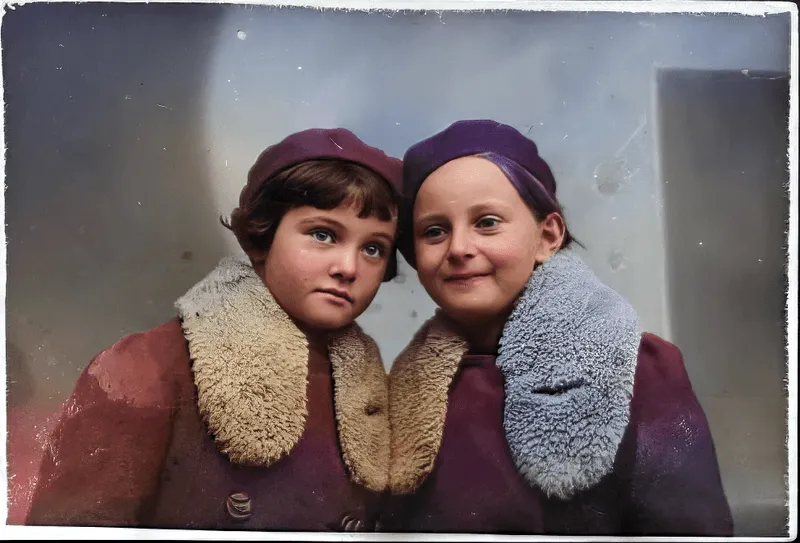
.avif)
.avif)
